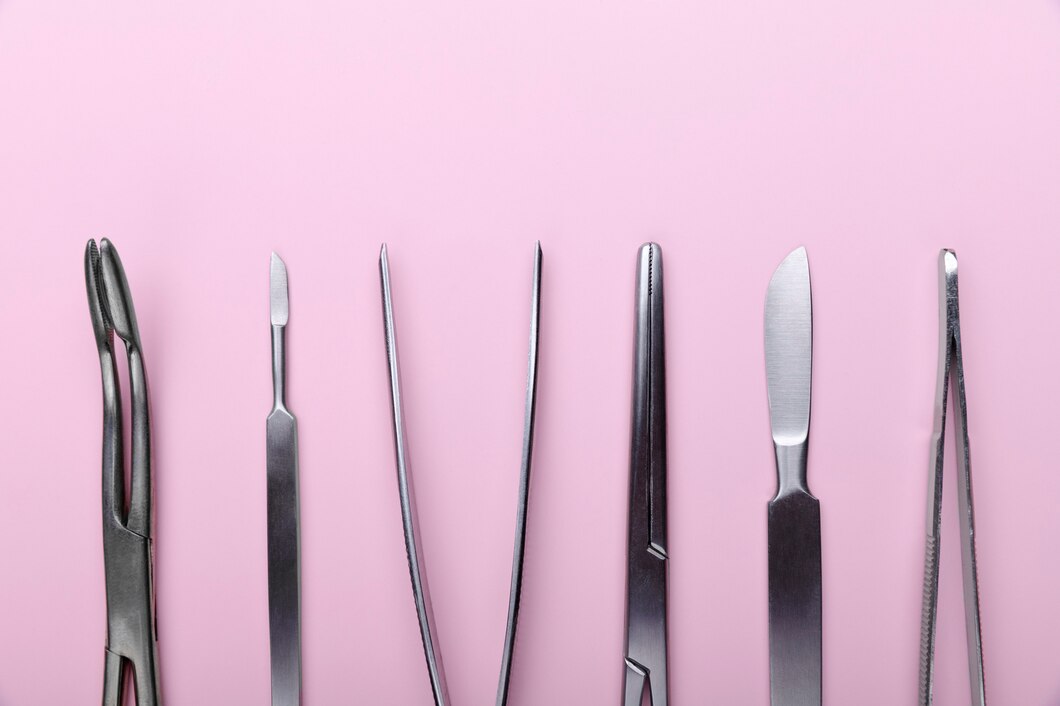

· By Trevor Horne
Surgical Blades 101: A Comprehensive Guide for Medical Professionals
Surgical blades are a crucial component of medical procedures, used by various medical professionals, including surgeons, dentists, and dermatologists. Their primary function is to make precise incisions and cuts in soft tissues for a wide range of medical procedures, such as surgeries, biopsies, and dermatological treatments.
With numerous types of surgical blades available, it's essential for medical professionals to understand the various blade options, their specific applications, and factors to consider when choosing the appropriate blade for a given procedure. In this article, we will explore the essentials of surgical blades, including their types, uses, and tips for selecting the right blade for your medical practice.
Types of Surgical Blades
1. Stainless Steel Blades
Stainless steel is one of the most common materials used for manufacturing surgical blades. These blades are known for their durability, sharpness, and resistance to corrosion. Stainless steel blades are well-suited for a wide range of medical procedures and offer reliable cutting performance and precision.
2. Carbon Steel Blades
Carbon steel blades are another popular choice for surgical instruments. These blades typically provide greater edge retention and sharpness compared to stainless steel blades. However, carbon steel is more susceptible to corrosion, which may require more frequent replacement and increased attention to maintenance.
3. Specialty Blades
Specialty blades are designed for specific procedures or requirements, such as those with unique shapes, coatings, or materials. These blades may cater to niche medical applications or offer enhanced performance in certain clinical situations.
Understanding Surgical Blade Sizes and Shapes
Surgical blades are available in various sizes and shapes to accommodate the diverse needs of medical professionals and the procedures they perform. The size and shape of a surgical blade are typically indicated by a blade number. Here are some of the most common surgical blade numbers and their typical uses:
- Blade No. 10 – Frequently used for general surgical procedures, such as incisions in skin and soft tissue.
- Blade No. 11 – A long, pointed blade ideal for precision cuts and incisions, often used in dental and ophthalmic procedures.
- Blade No. 15 – A smaller, curved blade suitable for detailed surgical work, biopsies, and plastic surgery procedures.
- Blade No. 20 – A large, curved blade designed for general surgery, particularly in cases involving deep incisions or large tissue dissections.
Factors to Consider When Selecting a Surgical Blade
1. Nature of the Procedure
The specific medical procedure being performed will significantly impact the choice of surgical blade. Consider the type of tissue being cut, the depth of the incision, and the degree of precision required when selecting a blade.
2. Blade Sharpness
Sharpness is a crucial factor in surgical blade selection. While both stainless steel and carbon steel blades offer sharp cutting edges, carbon steel blades generally provide exceptional sharpness and edge retention compared to their stainless steel counterparts.
3. Sterility and Infection Control
Surgical blades must adhere to strict sterility and infection control standards. Disposable surgical blades are commonly preferred, as they minimize the risk of cross-contamination and ensure a sterile cutting edge for each procedure.
4. Medical Professional Preferences
Individual preferences of the medical professional performing the procedure should also play a role in surgical blade selection. Factors such as past experience, comfort, and personal success with specific blade types can influence the choice of blade.
Surgical Blade Handling and Storage Tips
1. Handle with Care
Surgical blades are sharp and require careful handling to prevent accidental injury to both the medical professional and the patient. Use a blade remover or forceps to safely attach or detach blades from the scalpel handle.
2. Dispose of Blades Responsibly
Used surgical blades should be disposed of in an appropriate sharps container immediately after use to minimize the risk of injury or contamination.
3. Proper Storage
Store unused surgical blades in their original packaging in a clean, dry environment to ensure sterility and prolong blade life.
Final Thoughts
Surgical blades are a vital component of medical procedures for various professionals, including surgeons, dentists, and dermatologists. Understanding the different types of surgical blades, their uses, and factors to consider when selecting the right blade can help medical professionals optimize patient safety and procedural efficiency. By considering the nature of the procedure, blade sharpness, sterility, and personal preferences, medical professionals can make informed decisions when selecting the appropriate surgical blade.
At ProNorth Medical, we are committed to providing high-quality surgical blades and other medical supplies to professionals across Canada and the US. Browse our online store today to explore our diverse selection of surgical blades, each designed to accommodate various medical procedures, ensuring that medical professionals have access to reliable, efficient, and precise cutting instruments. Find the perfect surgical blade to meet your medical practice's unique needs and ensure optimal patient care.
